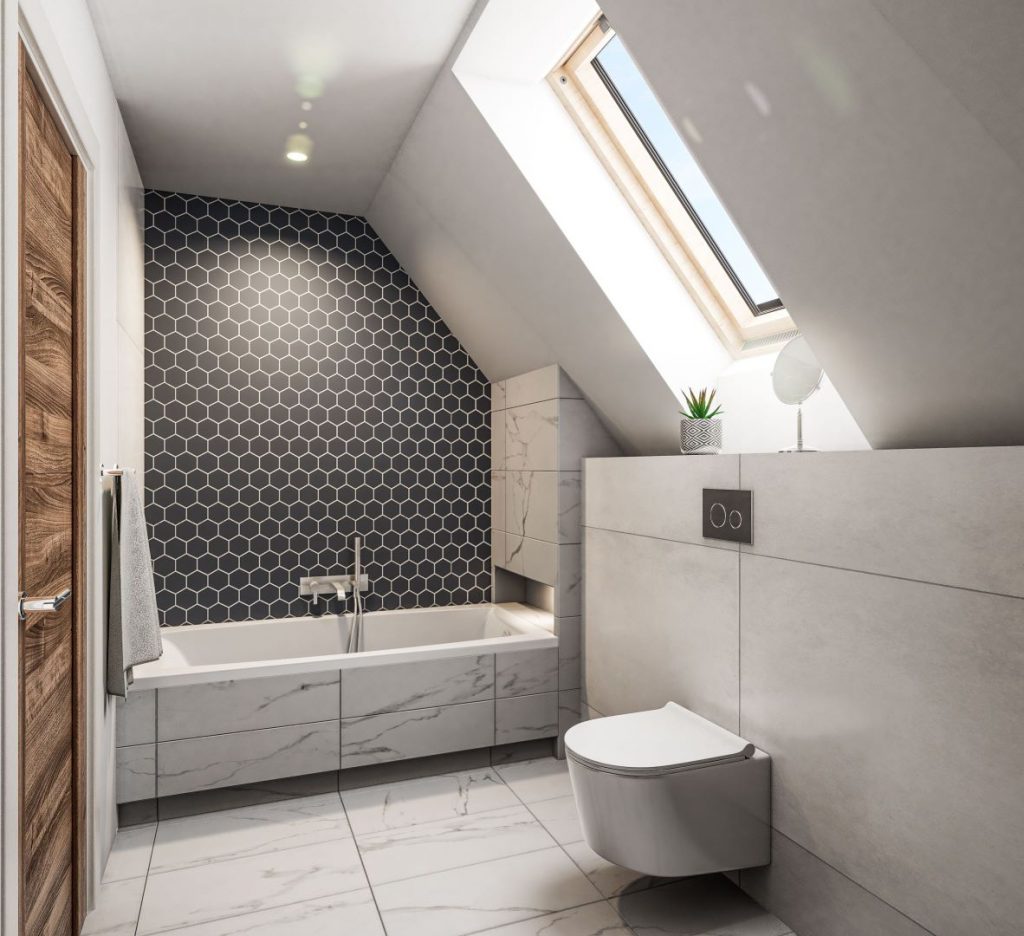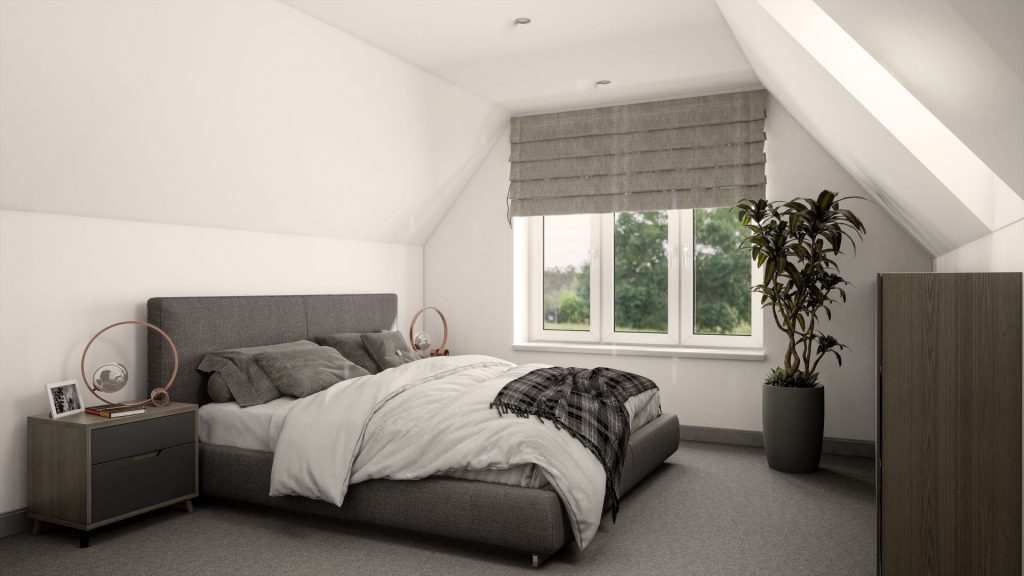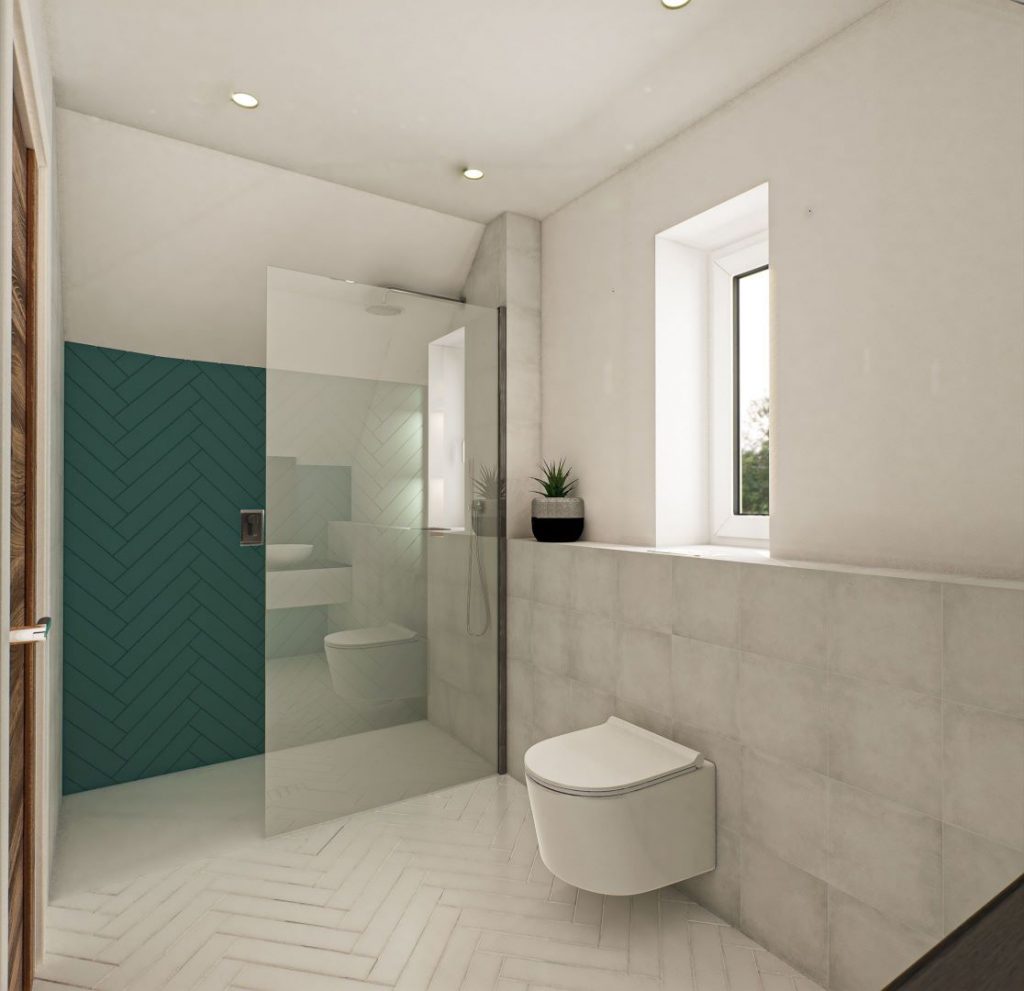Computer generated imagery (CGI) is everywhere. We see it in our favourite films and video games, it seems to make up most marketing images these days, and it’s becoming increasingly common in the property world as we’re about to find out.
The category of CGI can cover a huge different array of image types and styles, from 2D stills in print media to 3D video on the big screen. We encounter it on a daily basis whether we’re watching Finding Nemo with the kids or looking at the results of a CT scan.
The definition from Wikipedia states that “Computer-Generated Imagery (CGI) is the application of computer graphics to create or contribute to images in art, printed media, video games, films, television programs, shorts, commercials, videos, and simulators.” The interesting thing here is that it doesn’t need to stand alone. Some of the best uses of CGI can enhance existing reality rather than create something from scratch.
In recent years, 2D floorplans have started to get replaced with 3D versions. Both static and animated 3D tours are now commonplace on high end developments, but with Covid-19 changing the way we look at daily interactions, it’s likely that virtual viewings reliant on CGI will become popular at all levels of the market.
2D and 3D renders are also becoming a huge part of an investor’s arsenal, giving us a chance to visualise projects (in part or in whole) before we commit to any major decisions.
And finally, photorealistic computer generated images (our favourite type of CGI) can literally fool the viewer into thinking they’re looking at a finished product when it might only be a twinkle in your eye.
Have a conversation with me about how CGI can aid both your planning applications and off-plan marketing with the same content.







Contact us today: CALL 01622 370 390 or EMAIL team@3davenue.co.uk.

Recent Comments